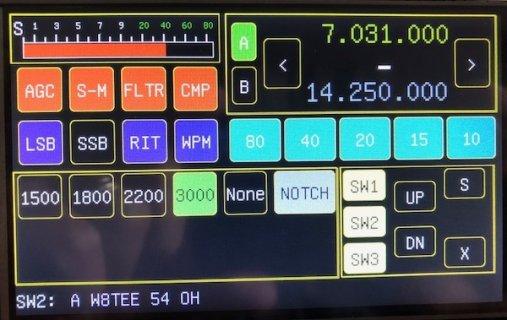Hello all,
I have a small lab instrument based on the Teensy 3.1/3.2, and I store calibration constants in EEPROM. Sometimes I will email .hex files to other people using my instrument in order to update the programming via Teensy.exe. On more than one occasion, I have received reports of calibration data being overwritten. I am trying to figure out if it's something in my code, or if the Teensy assigns the EEPROM location based on program size or other factors. Does anyone know the answer to this?
I have a small lab instrument based on the Teensy 3.1/3.2, and I store calibration constants in EEPROM. Sometimes I will email .hex files to other people using my instrument in order to update the programming via Teensy.exe. On more than one occasion, I have received reports of calibration data being overwritten. I am trying to figure out if it's something in my code, or if the Teensy assigns the EEPROM location based on program size or other factors. Does anyone know the answer to this?


